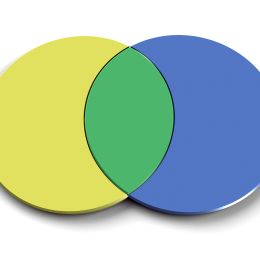Compare Irrational Numbers Math Games
3 gamesIn this series of games, your students will learn to use rational approximations of irrational numbers to compare the size of irrational numbers. The Compare Irrational Numbers learning objective — based on CCSS and state standards — delivers improved student engagement and academic performance in your classroom, as demonstrated by research. This learning objective directly references 8.NS.A.2 as written in the common core national math standards.
Scroll down for a preview of this learning objective’s games and the concepts.
Concepts Covered
All numbers (including fractions, percents, square roots) can be expressed as decimals. Know that a fraction that is repeating can be converted to a fraction and fraction can be expressed as a repeating decimal. Decimal expansion repeats eventually. Approximate locations of irrational numbers on the number line by rounding to the desired place value and placing between known locations. In order to get more exact locations, you can expand the decimal to smaller place values.
A rational number is any number that can be represented as a/b where a and b are integers and b≠0. An irrational number cannot be expressed as a ratio between two numbers and it cannot be written as a simple fraction because there is not a finite number of numbers when written as a decimal. Instead, the numbers in the decimal would go on forever, without repeating.
A preview of each game in the learning objective is found below.
You can access all of the games on Legends of Learning for free, forever, with a teacher account. A free teacher account also allows you to create playlists of games and assignments for students and track class progress. Sign up for free today!






